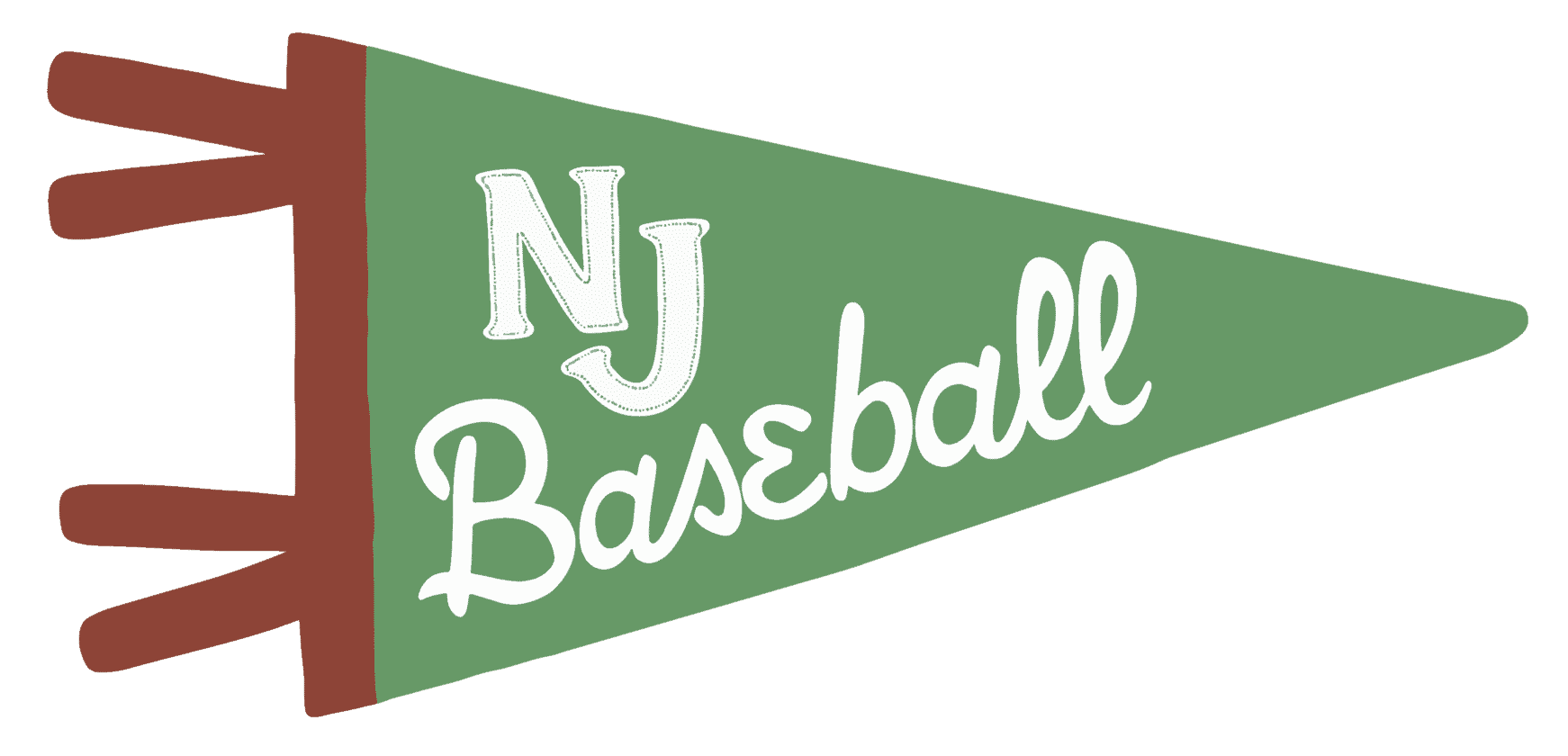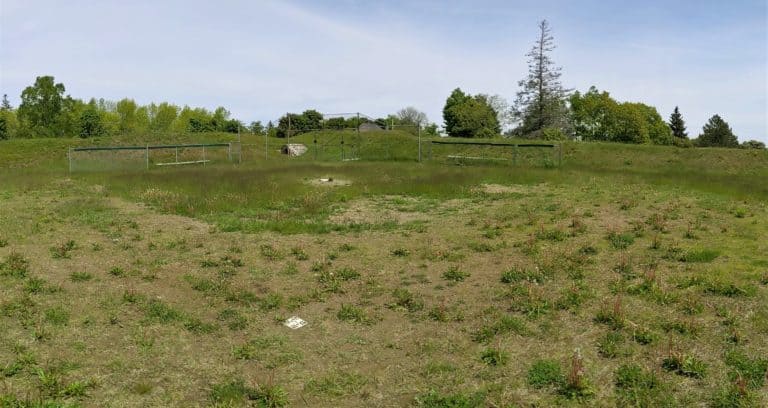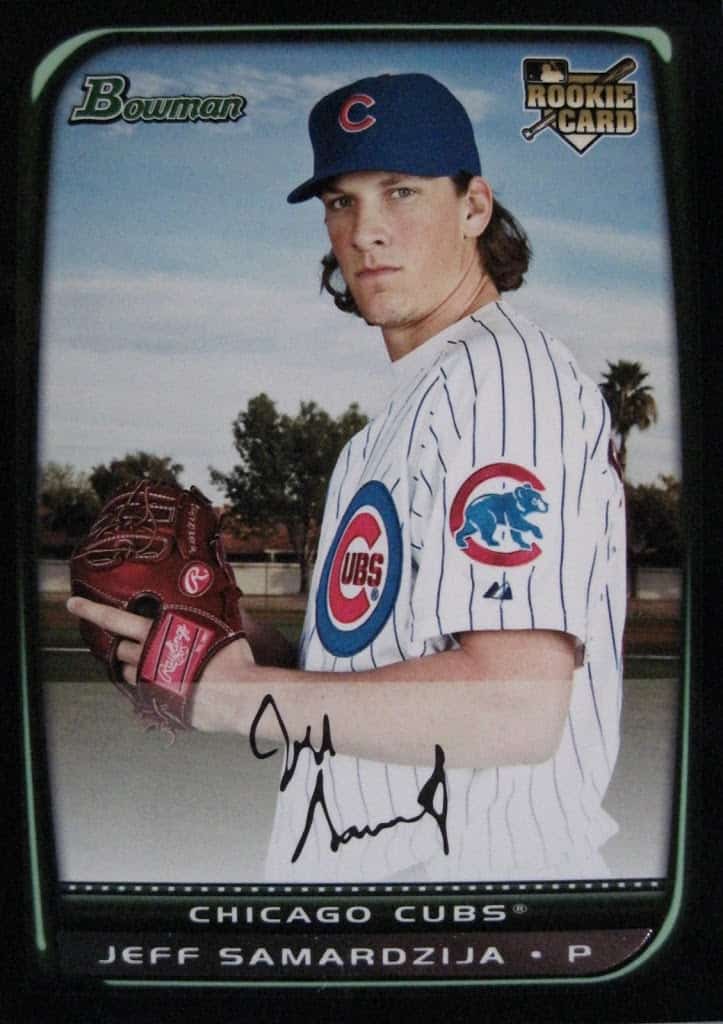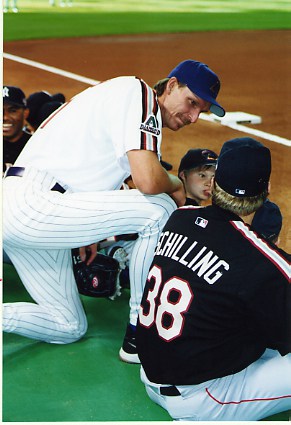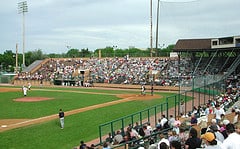An uphill bat-tle
As I sit here watching the Mets and Pirates (and the Yankees and Red Sox … OK, and the Rockies and Cardinals and the Brewers and Astros), I look at the batter’s boxes and remember how bad public fields are.
If I ever have a son, I’m going to do what a family friend did with his: Teach him to hit left-handed. Growing up, the lefties have the advantage. There’s often maybe three out of 15 guys on a team who hit from the left side, so there’s a good chance he’ll be in the lineup, so long as he can get the bat on the ball. Also, there aren’t too many left-handed pitchers at the lower levels.
But perhaps the best argument for left-handed hitters at the high school level and lower is the batter’s box. With so many right-handed hitters, that batter’s box becomes three dimensional. I remember digging in to many an at bat and having my right foot settled deep in the back of the box, sometimes up past my ankle. It took me from 5′ 6″ to 5’4″.
The varsity fields were generally better, but in some cases the smooth, flat dirt would be kicked away by the end of the first to reveal the harder, packed dirt underneath. On some fields, there was no chance to get a foothold in the box. It was like coming to bat beneath the Windows at Arches National Park: You might as well be kicking at the slickrock. At more than one school, I remember having to adjust to the point that my back foot was at an angle not normally considered comfortable for batting.
On the rare instances I came to the plate and found a flat, well-groomed hitting area, I almost felt out of place. It was almost uncomfortable. How could I be expected to hit when I didn’t have to step up with my front foot or climb out of a trench to run to first in an attempt to beat out an infield hit? God, sometimes, I felt as if I was running in place when trying to make my first step out of the box.
But not at Shea. Not at Fenway. A major league field is as well-kept as a museum’s grounds or a landscaper’s biggest client. Patches of dead grass are resodded, infields smoothed over and replenished with dirt when needed. Pitching mounds are resculpted every now and then. I’ve walked on professional fields — Tiger Stadium, Yankee Stadium, Shea Stadium, FirstEnergy Park in Lakewood, N.J., where the head groundskeeper, Bill Butler, left after the team’s first three years to take over the duties at Shea this season. The grass is soft like a deep-pile carpet, the warning track a gravelly, crunchy border like the walkway in Field of Dreams with the closeup of Doc Graham’s feet when he steps out of the past and into old age to save Gaby Hoffman from choking.
In high school, you had uneven, clumpy outfields, bare patches in the infield (if there was infield grass at all) and tufts of grass growing in the baselines. The colors melded. But in a perfect place such as Fenway, the lines are sharp, the brown meeting the green but going no further, the white lines stretching off into the distance.
And the batters are all on even ground.
